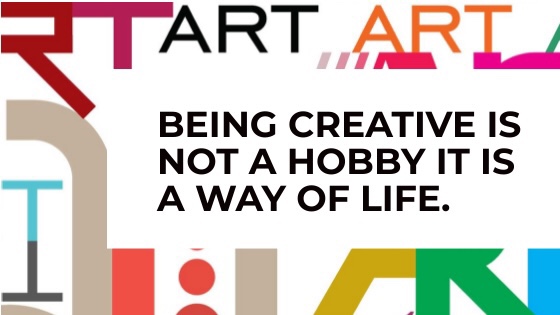Pantomime is a form of theatrical performance that has been popular for centuries, particularly in the UK. This type of acting involves telling a story through physical gestures, expressions, and sound effects, rather than spoken dialogue. This makes it an excellent choice for young actors who may be starting their theatrical journey, as it helps to build confidence, develop physical awareness, and refine acting skills.
Pantomime is a versatile form of theater, suitable for all ages and abilities, making it an excellent choice for young actors. It provides an opportunity for them to experiment with different styles of acting, such as comedy, tragedy, or suspense. Pantomime also allows young actors to express themselves freely and creatively, using their bodies, faces, and movements to tell the story. This type of performance also encourages teamwork and collaboration, as actors must work together to create a seamless and engaging performance.
When starting out with pantomime, it is important to find a suitable story that is both engaging and appropriate for your young actors. Some classic pantomime stories include “Cinderella,” “Jack and the Beanstalk,” “Aladdin,” and “Snow White and the Seven Dwarfs.” These stories provide a foundation for young actors to build upon, and offer plenty of opportunities for creativity and imagination.
Once the story has been chosen, the next step is to start rehearsing. Rehearsals are an important part of the pantomime process, allowing young actors to get comfortable with their movements, expressions, and characters. During rehearsals, young actors can work on developing their physical skills, such as miming objects and movements, and perfecting their facial expressions. They can also practice working together, as a team, to create a seamless and engaging performance.
One of the key aspects of pantomime is the use of exaggerated expressions and gestures to bring the story to life. This is an important aspect of the art form, and young actors should be encouraged to play with different expressions and movements to find what works best for them. For example, a young actor playing a villain may want to experiment with a menacing expression and body posture, while a young actor playing a hero may want to practice looking brave and determined.
Another important aspect of pantomime is the use of sound effects and music to create atmosphere and enhance the performance. Young actors can work with a sound designer to create sound effects and choose appropriate music to accompany their performance. This can be a fun and creative process, and is an excellent opportunity for young actors to explore their musical abilities.
Finally, it is important to remember that pantomime is a form of theatrical performance, and young actors should be encouraged to enjoy the process. This means that they should feel free to experiment and take risks, and not be too concerned about making mistakes. The aim of pantomime is to have fun, build confidence, and develop theatrical skills, and young actors should be encouraged to approach their performance with a sense of playfulness and creativity.
In conclusion, pantomime is an excellent form of theatrical performance for young actors. It provides an opportunity to develop physical awareness, build confidence, and refine acting skills. It is a versatile form of theater that is suitable for all ages and abilities, and encourages teamwork and collaboration. By encouraging young actors to experiment, take risks, and have fun, pantomime can be a rewarding and fulfilling experience for all involved


